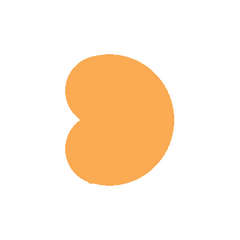Not enough space on the Internet

It might seem a contradiction but the Internet doesn't offer enough quality sites to advertise! Despite the millions of sites and billions of pages advertisers will not be able to buy space on their favourite sites. In the USA the contextual inventory on car sites was already sold out before the year started. Web pages can't take a lot more ads as they are already cluttered. McKinsey last year reported that 96% of banner ad spendings is concentrated at sites that represent only 30% of traffic. This also applies to video ads and paid search. Lack of space is a phenomenon unknown to the print industry. The Spanish Vogue of last year with over 1000 pages is a great demonstration of the print industry capabilities.







